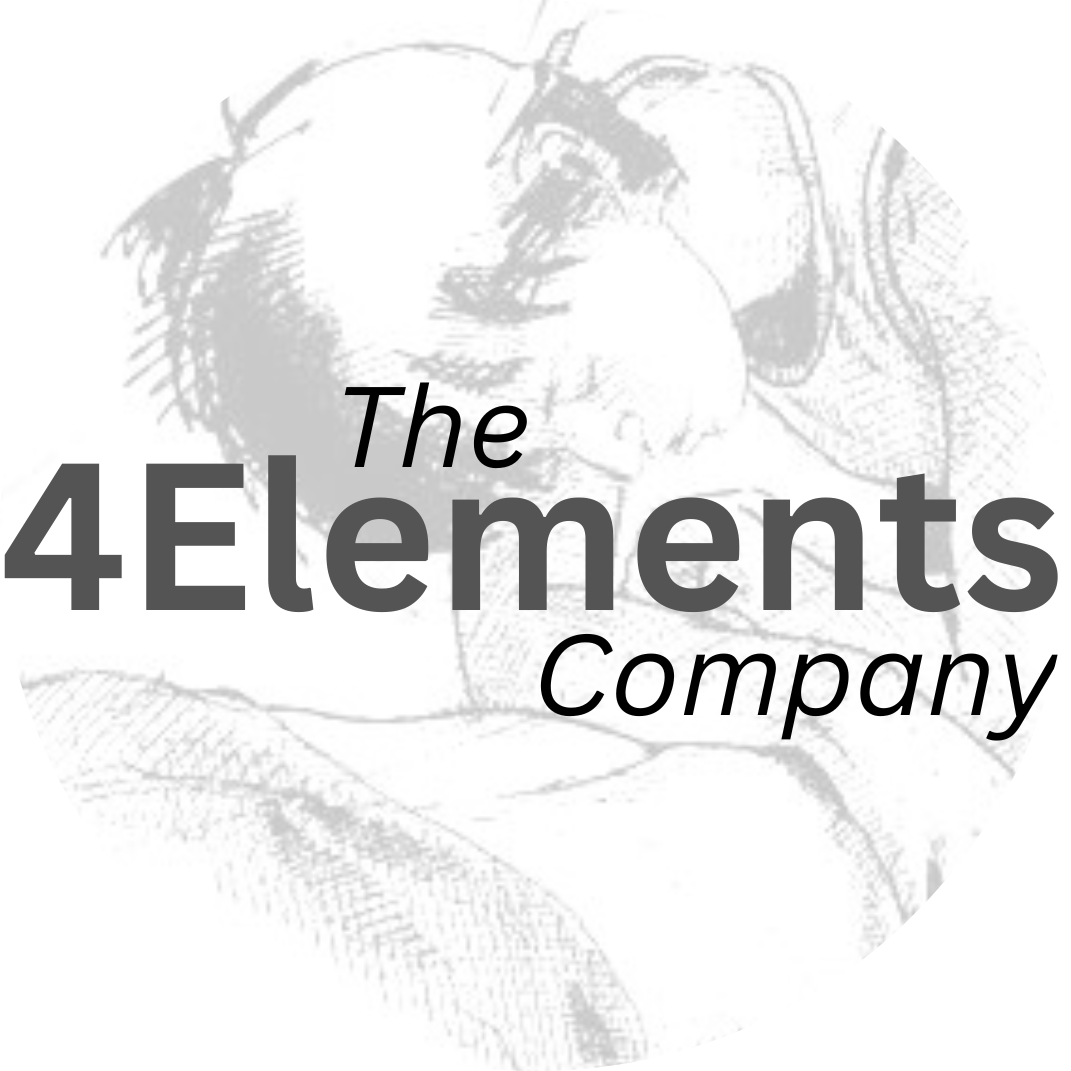The Myth of Lactic Acid
04/12/2017
 Many a time you may have heard that lactic acid is what causes the aching in your muscles after exercise (known as DOMS: Delayed Onset Muscle Soreness) and that Massage can remove lactic acid from the muscles. However, we now know that blood circulation actually removes the lactic acid from muscles within a few seconds, and therefore cannot be responsible for DOMS.
Many a time you may have heard that lactic acid is what causes the aching in your muscles after exercise (known as DOMS: Delayed Onset Muscle Soreness) and that Massage can remove lactic acid from the muscles. However, we now know that blood circulation actually removes the lactic acid from muscles within a few seconds, and therefore cannot be responsible for DOMS.
There can be no doubt that having a Massage after vigorous exercise unquestionably feels good, and it seems to reduce pain and help muscles recover. Many people — both athletes and health professionals – have long contended Massage eases inflammation, improves blood flow and reduces muscle tightness. But until now no one has understood why massage has this apparently beneficial effect. Most often, people will say “it helps clear out the lactic acid”…
WRONG. Dr. Mark Tarnopolsky led a research team in Hamilton, Ontario (published in the Feb issue of Science Translational Medicine, 2012) to find out what actually happens to muscles when a massage therapist goes to work on them.
It turns out vigorous exercise causes tiny tears in muscle fibres, leading to an immune reaction — inflammation — as the body gets to work repairing the injured cells. So the researchers screened the tissue from the massaged and unmassaged legs to compare their repair processes, and find out what difference massage would make. They found that massage reduced the production of compounds called cytokines, which play a critical role in inflammation. Massage also stimulated mitochondria, the tiny powerhouses inside cells that convert glucose into the energy essential for cell function and repair. “The bottom line is that there appears to be a suppression of pathways in inflammation and an increase in mitochondrial biogenesis, helping the muscle adapt to the demands of increased exercise”, said the senior author, Dr. Mark A. Tarnopolsky.
THE DANGERS OF USING ANTI-INFLAMMATORY DRUGS...
Dr. Tarnopolsky, a professor of paediatrics and medicine at McMaster University in Hamilton, Ontario, said that massage works quite differently from NSAIDs and other anti-inflammatory drugs, which reduce inflammation and pain but may actually retard healing. Many people, for instance, pop an aspirin at the first sign of muscle soreness. “There’s some theoretical concern that there is a maladaptive response in the long run if you’re constantly suppressing inflammation with drugs,” he said. “With massage, you can have your cake and eat it too—massage can suppress inflammation and actually enhance cell recovery.” Dr. Tarnopolsky suggests that, in the long run, a professional massage may even be a better bargain than a pill. “If someone says “This is free and it might make you feel better, but it may slow down your recovery, do you still want it?” he asked. “Or would you rather spend the 50 bucks for a post-exercise massage that also might enhance your recovery?”
“With massage, you can have your cake and eat it too—massage can suppress inflammation and actually enhance cell recovery.”
One of the world’s greatest researchers into the benefits of Massage, Dr. Tiffany Field (director of the Touch Research Institute at the University of Miami Medical School) was impressed by this research and stated: “This is important research, because it is the first to show that massage can reduce pro-inflammatory cytokines which may be involved in pain…We have known from many studies that pain can be reduced by massage based on self-report, but this is the first demonstration that the pain-related pro-inflammatory cytokines can be reduced.”
SUMMARY
Just so we are all clear: after exercise, Delayed Onset Muscle Soreness (DOMS) is the result of INFLAMMATION due to micro tears, not lactic acid. This study actually shows that Cytokines (inflammation) are reduced and Mitochondria (cell repair) are stimulated. This makes it quite clear that…
“If you do exercise, then regular Massage should be at the very top of your training programme”
Comments
Must be Logged In to leave comments.
